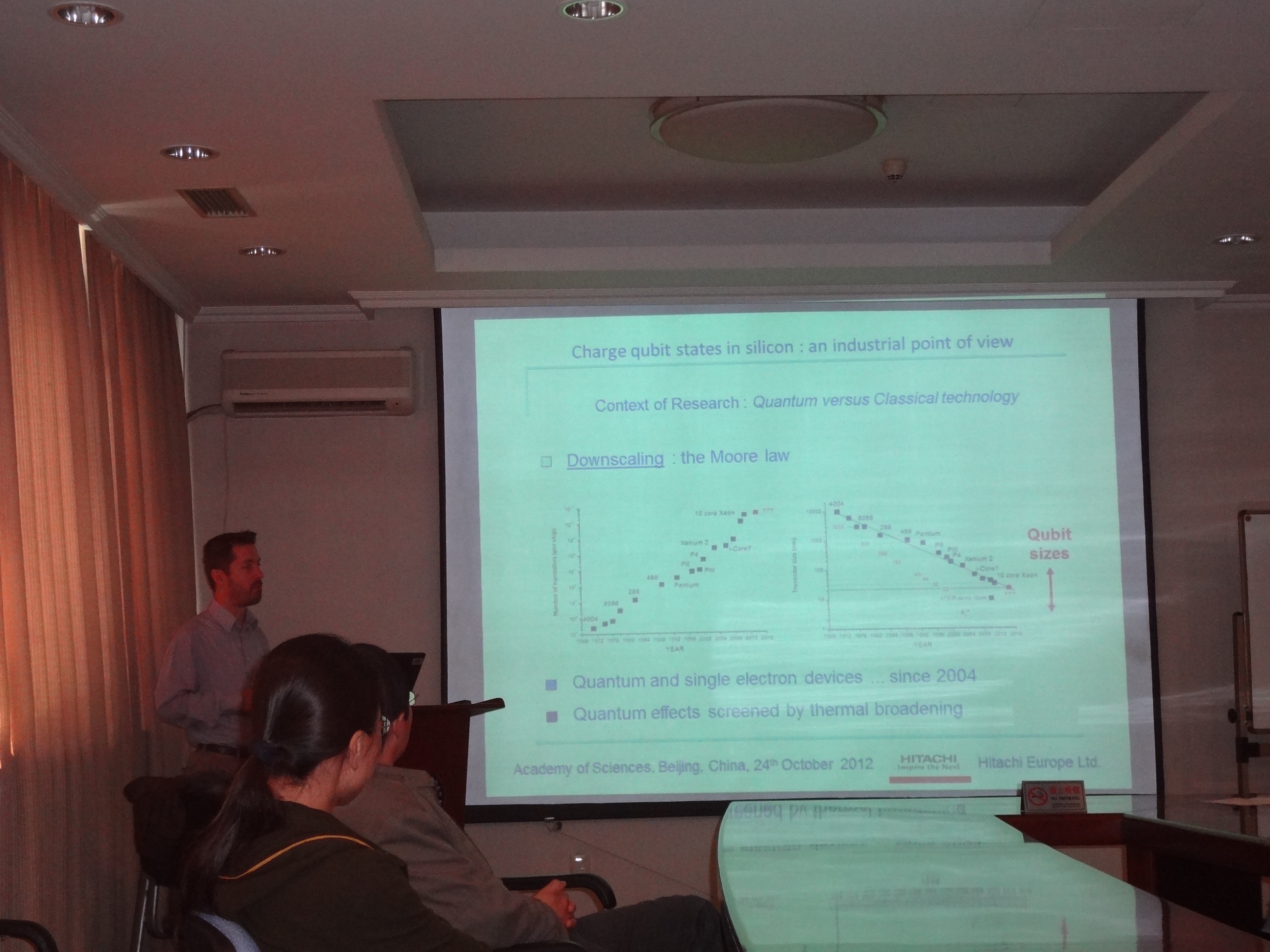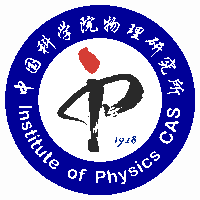Charge qubit states in silicon: an industrial point of view.

24 Oct. 2012. Invited by Prof. Xiulai Xu, Dr. Thierry Ferrus from Hitachi Cambridge Laboratory visited us and gave a talk on "Charge qubit states in silicon: an industrial point of view".
Abstract: Since of the pioneering ideas of Kane and Feynman, various architectures have been proposed for the realization of quantum bits and the development of quantum information. However, on the industrial view point, a successful integration of such devices on the large scale restricts in practice the selection for the material to be used and the device design. These considerations leaded us to implement charge qubit states in an isolated double quantum dot made of doped silicon. Using experimental data as a support, I will present the various technical advantages of such a choice, in particular, an improved coherence time and a lower noise level compared with similar but connected structures. I will show how an efficient detection mechanism can be implemented and how this structure could potentially be manipulated using microwave photons pulses.
About Dr. Thierry Ferrus:
Dr. Thierry Ferrus has been working in the field of nanotechnology and nano-scale devices since 1996, studying the quantum properties of semiconductors by the way of electrical and optical measurements, firstly in GaAs devices and then in silicon. He has extensive knowledge of cryogenic systems including dilution refrigerators, as well of low noise and high pulsed magnetic field measurement techniques. Having obtained his PhD from the University of Toulouse in 1999, he joined the Semiconductor Physics Group at the University of Cambridge as a postdoctoral researcher under the supervision of Prof. Sir. Michael Pepper. His work quickly oriented towards quantum computing, firstly by using dopants in silicon MOSFETs and then by applying microwaves signals to realize quantum operations in single electron transistors. In particular, he performed one of the first real-time single shot measurements in a quantum dot in 2008. Since 2007 he holds a permanent position at the Hitachi Cambridge Laboratory in the United Kingdom where is leading the experimental investigation on the manipulation of charge qubit states in an isolated double quantum dot.


